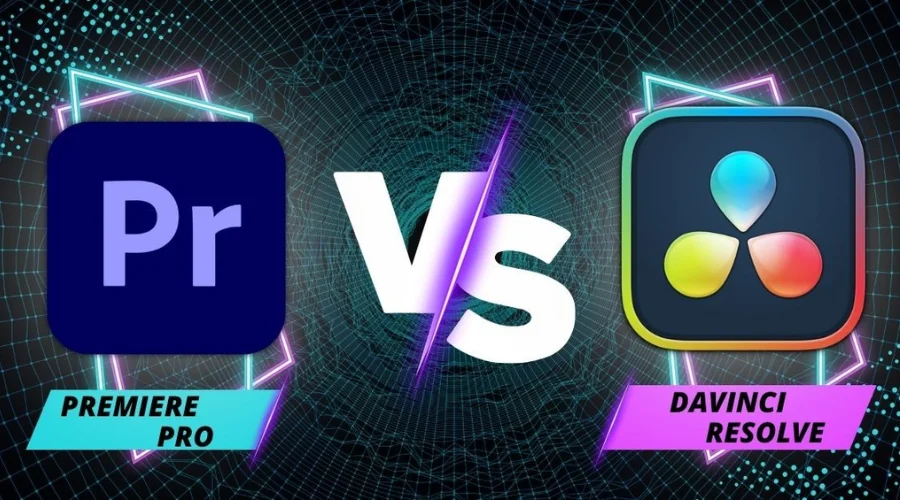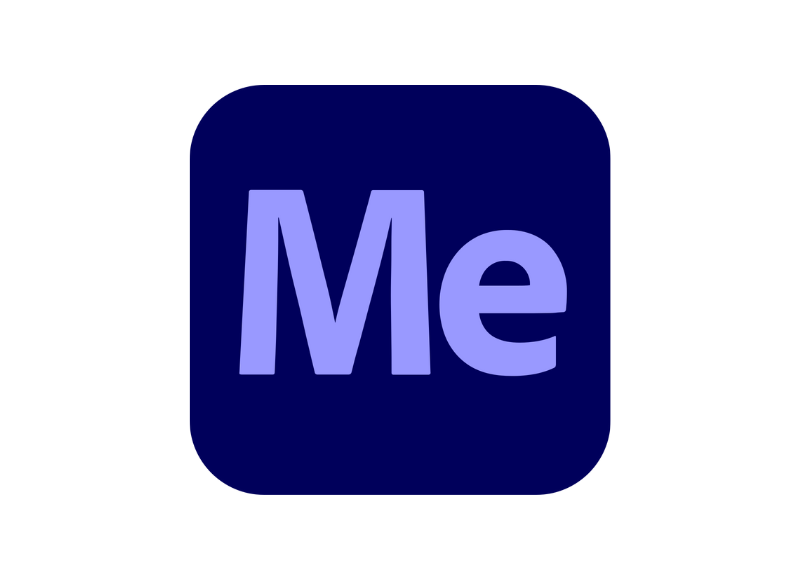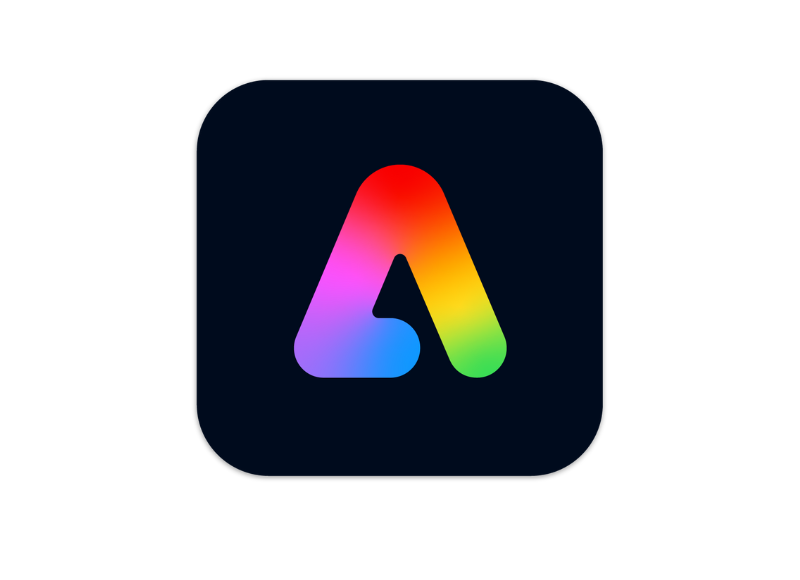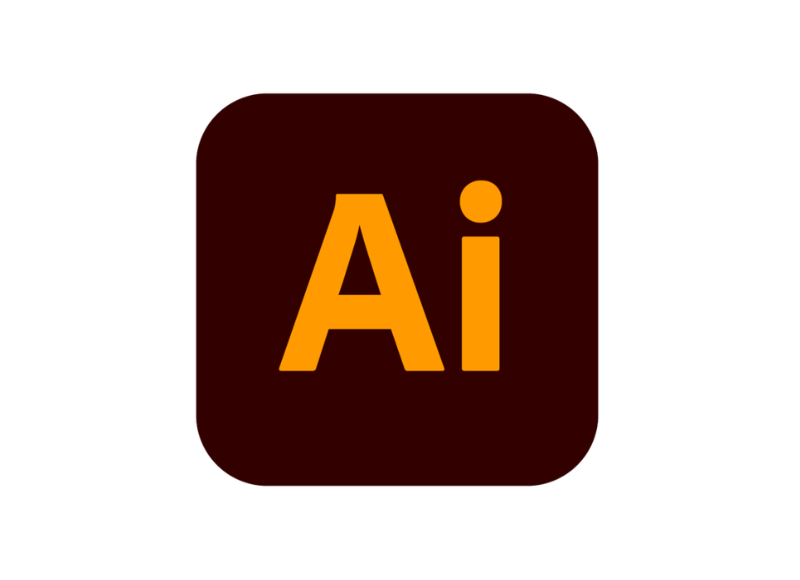In the intricate world of video post-production, color grading stands as a pivotal art, transforming raw footage into a visually compelling narrative. Two software giants, Adobe Premiere Pro and DaVinci Resolve, are frequently pitted against each other in this domain. This focused comparison of Adobe Premiere Pro vs. DaVinci Resolve will scrutinize their color grading capabilities, workflows, and overall user experience, aiming to determine which software truly excels in the art of color manipulation. While Resolve is known for color grading, Premiere Pro has become a powerful competitor. So, let’s find out which one is better.
Adobe Premiere Pro vs. DaVinci Resolve: Which Is Best For Color Grading?

Adobe Premiere Pro vs. DaVinci Resolve: Features Comparison Table
| Features | Adobe Premiere Pro | DaVinci Resolve |
| Primary Color Correction | Robust, Lumetri Color Panel | Industry-leading, comprehensive tools |
| Secondary Color Correction | Advanced masking and keying | Exceptional, node-based system |
| Color Management | Integrated with Adobe Color settings | Advanced, ACES and HDR support |
| LUT Support | Extensive, custom LUT import | Extensive, advanced LUT management |
| Noise Reduction | Basic noise reduction | Advanced, professional noise reduction |
| Color Scopes | Comprehensive scopes | Highly detailed, broadcast-quality scopes |
| HDR Grading | Growing support | Industry-leading HDR tools |
| Collaboration | Cloud-based collaboration | Advanced, shared node trees |
| Performance | Optimized for general editing | Optimized for dedicated color grading hardware |
| Integration | Seamless Adobe Creative Cloud integration | Limited integration with other software |
Adobe Premiere Pro vs. DaVinci Resolve: Features Explained
1. Primary Color Correction
In the Adobe Premiere Pro vs. DaVinci Resolve debate regarding primary color correction, Premiere Pro’s Lumetri Color panel offers a robust and user-friendly interface. It provides essential tools for adjusting exposure, contrast, white balance, and shadows. DaVinci Resolve, while offering more extensive primary tools, can be overwhelming for those not solely focused on color grading. Premiere Pro’s Lumetri panel is very capable.
2. Secondary Color Correction
Premiere Pro’s advanced masking and keying features allow for precise secondary color correction. Editors can easily isolate specific areas of an image and apply targeted adjustments. DaVinci Resolve’s node-based system offers exceptional control, but Premiere Pro’s intuitive masking tools are highly effective for most projects.
3. Color Management
Premiere Pro’s integration with Adobe Color settings ensures consistent color management across the entire Adobe Creative Cloud ecosystem. This simplifies the workflow for projects that involve multiple Adobe applications. DaVinci Resolve offers advanced color management, including ACES and HDR support, but Premiere Pro’s integration is more user-friendly.
4. LUT Support
Premiere Pro supports extensive LUT (Lookup Table) import, allowing editors to apply custom looks and color grades. This flexibility enables editors to quickly achieve desired aesthetics. DaVinci Resolve also offers extensive LUT support, but Premiere Pro’s integration within the Lumetri Color panel is seamless.
5. Noise Reduction
Premiere Pro offers basic noise reduction tools within the Lumetri Color panel. While effective for minor noise issues, DaVinci Resolve provides advanced, professional-grade noise-reduction capabilities. However, for most editors, Premiere Pro’s noise tools are sufficient.
6. Color Scopes
Premiere Pro provides comprehensive color scopes, including waveform, vectorscope, and histogram, enabling editors to analyze and adjust color values with precision. DaVinci Resolve offers highly detailed, broadcast-quality scopes, but Premiere Pro’s scopes are sufficient for most editors.
7. HDR Grading
Premiere Pro is continuously improving its HDR grading capabilities, offering tools for working with high dynamic range footage. DaVinci Resolve is known for its industry-leading HDR tools, but Premiere Pro is becoming a strong competitor.
8. Collaboration
Premiere Pro’s cloud-based collaboration features enable multiple editors to work on the same project simultaneously, streamlining the workflow. DaVinci Resolve offers advanced collaboration tools, but they often require a specific setup and network infrastructure.
9. Performance
Premiere Pro is optimized for general editing tasks, including color grading, and runs smoothly on a variety of hardware configurations. DaVinci Resolve is optimized for dedicated color grading hardware, which can limit accessibility for some users.
10. Integration
Premiere Pro’s seamless integration with the Adobe Creative Cloud simplifies the workflow for projects that involve other Adobe applications. This integration makes Premiere Pro a more versatile tool for a wider range of post-production tasks.
Conclusion
In conclusion, while DaVinci Resolve is undeniably a powerhouse for dedicated color grading, Adobe Premiere Pro’s versatile Lumetri Color panel, seamless integration, and user-friendly workflow make it a compelling choice for editors seeking a comprehensive post-production solution. For editors who need to handle both general editing and color grading within a unified environment, Premiere Pro consistently offers a more integrated and flexible experience. When focusing on Adobe Premiere Pro vs. DaVinci Resolve for color grading, Premiere Pro is a very capable and versatile choice. For more information about Adobe Premiere Pro vs. DaVinci Resolve, visit NoblePuma.






























